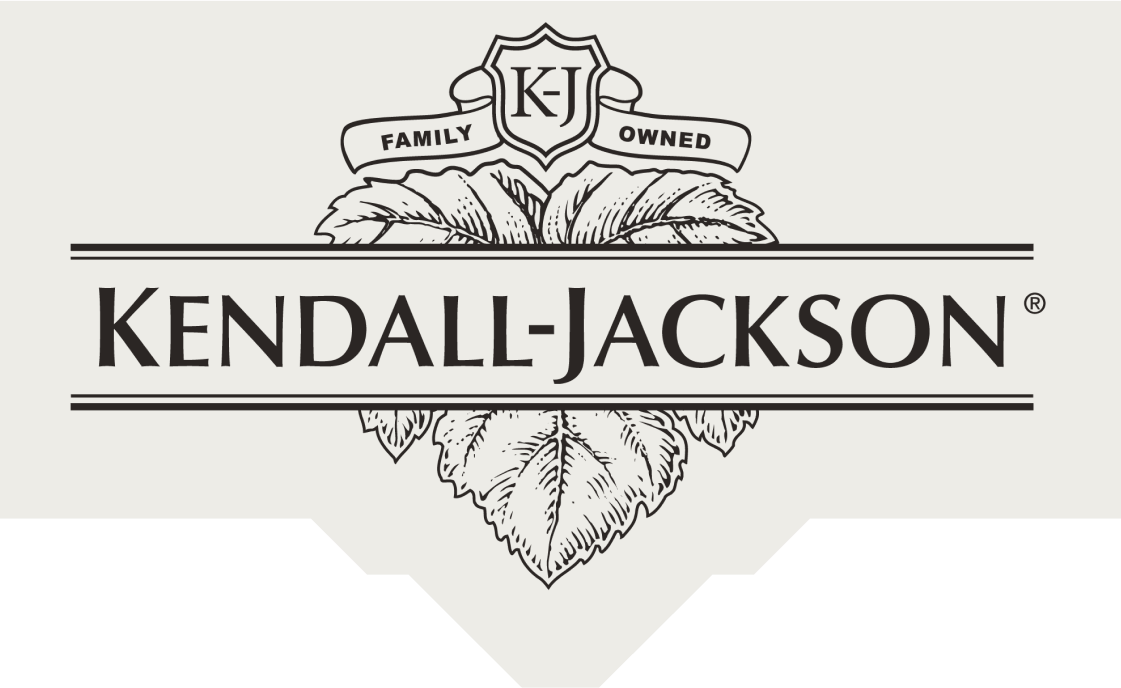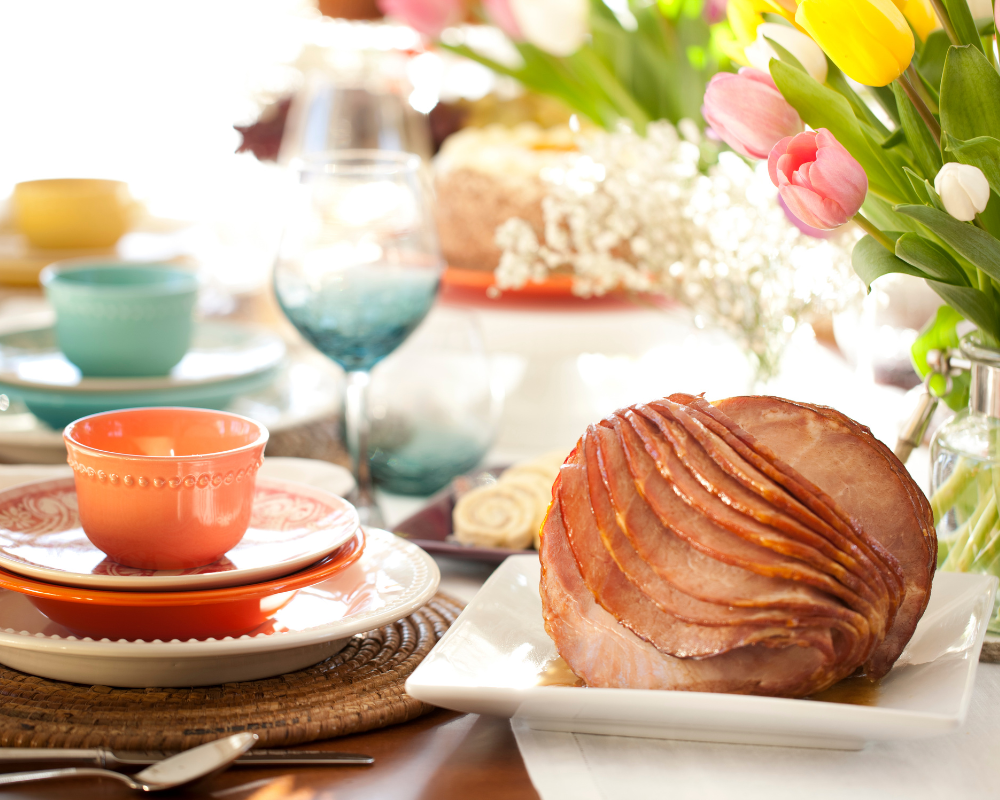Why Are Cover Crops In The Vineyards?
Looking out at the vineyards at this time of year we appreciate that even while the vines are dormant, there’s a flurry of plant activity out there. What is all that growing in between the vine rows you might wonder?
Many of you who live near or have visited wine country are probably familiar with the look of a vineyard in the winter time. The vines have been pruned and the vineyards are set up for the next season’s growth. But in the space between the rows is an explosion of plants, often sporting different colored flowers and sometimes growing as high as the vines themselves.
This is a cover crop. More often than not it is not random growth. We have intentionally planted seeds to grow at this time. There may be a tendency to think of a vineyard as a monoculture: a field where only one plant is grown. Good viticulture, however, will employ the planting and growth of many other crops for a variety of purposes.
First off, we plant cover crops for the benefits they bring to the vineyard. These plants can include legumes such as fava beans, bell beans or clover, all of which benefit from a symbiotic relationship with Nitrogen-fixing bacteria. When we till the plants into the soil, they decompose and deliver Nitrogen in a useable form to the grape vines.
We also plant grains such as rye grasses or oats. These mainly carbon-containing plants benefit the vineyard by increasing soil tilth, or structure/looseness and aeration. Often a blend of cereals and legumes is employed to get the benefit of both properties.
Vineyard cover crops also draw down the abundant moisture in the soil resulting from heavy winter rains. High quality grapes require restricted access to water in the time between bloom and veraison. We choose well drained soils for this reason, and we use cover crops to assist where drainage is poor. In California we receive nearly all of our annual precipitation between the months of November and May. Cover crops can help to use up some of that water.
A final and extremely important reason for cover crops involves the flowers they produce. Many beneficial insects are attracted to flowers. These beneficials are important for vine health, as they predate on invasive species like mites, mealybugs and other insects damaging to the primary crop. Plants that are especially good at attracting beneficials are buckwheat, alyssum and crimson clover.
While the vineyard manager can choose from scores of different choices for cover-cropping, some vineyards just go with a volunteer cover crop, which naturally grows when winter begins and water is abundant. One of the most famous volunteer cover crops in wine country is mustard.
This time of year is incredibly beautiful, with vineyard rows teeming with yellow mustard blossoms. There is no need to replant mustard. Each plant produces an enormous quantity of mustard seed. If we were to remove the plants that grow each year before they seed, it is likely that something like 40 years worth of seeds are in the ground waiting for their chance to grow. That’s a crop that is not easy to get rid of! It might be easier to be mustard farmers. And while I appreciate a good Dijon, I think I’ll stick to grapes and wine.



